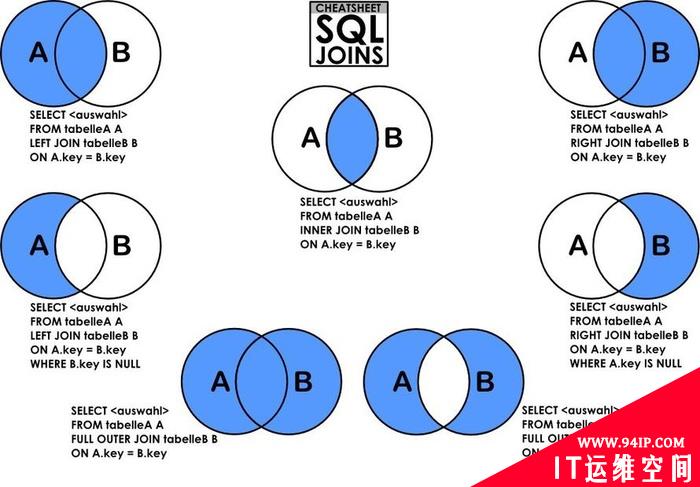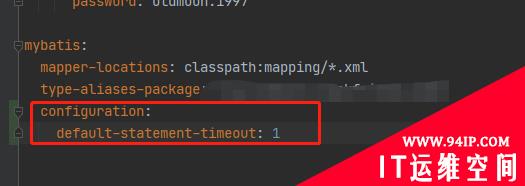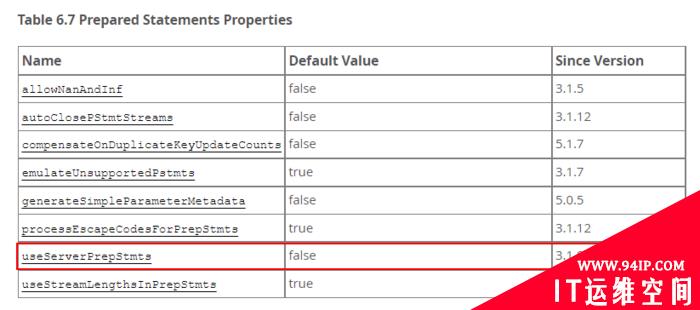It is written in JavaScript,crud for mysql.You can also use transactions very easily.
mysqls 一款专为node.js生成sql语句的插件,链式调用,使用灵活。支持生成sql语法,也支持生成语法之后直接调用,支持事物等特性。
API参考很流行的ThinkPHP模型API。
npm地址:www.npmjs.com/package/mys…
github: github.com/wangweiange…
mysqls是笔者在开发过程中为了更简单、更高效的开发效率而封装的一个库,年初做的,最近从新小修改和加强了一下。分享给有需要的人,感兴趣的也可以看看笔者的思路。因为个人使用过ThinkPHP,认为其对mysql的封装调用方式是非常友好和易用的,因此绝大部分api参考其中。如果你有其他的意见和建议也希望可以跟我分享。
安装:
npm install mysqls --save-devmysqls参数说明
- init: sql初始化API
-
exec: 执行sql语句
-
sql: 链式调用生成sql语句,支持生成后直接执行sql语句
-
transaction: 执行事务API
项目使用:
//import方式
import { init, exec, sql, transaction } from 'mysqls'
//require方式
let { init, exec, sql, transaction } = require('mysqls')mysql配置初始化:
// 可在项目的启动时初始化配置
init({
host: 'localhost',
user: 'root',
password:'123456',
database: 'test',
port: 3306,
})init 参数说明
- ispool: 是否以连接池的方式初始化 (default:true)
- host: host地址 (default:’127.0.0.1′)
- user: 用户名 (default:’root’)
- password: 数据库密码 (default:’root’)
- database: 使用的数据库 (default:’test’)
- port: 端口 (default:’3306′)
- waitConnection: 是否等待链接(连接池时使用) (default:true)
- connectionLimit: 连接池大小 (default:10)
- queueLimit: 排队限制 (default:0)
只生成sql语句
sql
.table('node_table')
.field('id,name')
.where({id:1})
.select()
// result
SELECT id,name FROM node_table WHERE id=1
使用exec函数执行sql语句
const sqlstr = sql
.table('node_table')
.field('id,name')
.where({id:1})
.select();
const result = await exec(sqlstr);
使用sql.prototype.exec链式调用
const result = sql
.table('node_table')
.field('id,name')
.where({id:1})
.select(true)
.exec();
- 链式调用执行sql时select方法需要传参数:true
- 同样适合update(true),insert(true),delet(true),query(true)方法
使用Promise方式
//使用 exec 函数
exec(sql.table('web_pages').where({id:147}).select())
.then(res=>{
console.log(res)
}).catch(err=>{
console.log(err)
})
// 使用 exec 方法
sql.table('web_pages').where({id:147}).select(true).exec()
.then(res=>{
console.log(res)
}).catch(err=>{
console.log(err)
})
使用async/await
//使用 exec 函数
const result = await exec(sql.table('web_pages').where({id:147}).select())
// 使用 exec 方法
const result = await sql.table('web_pages').where({id:147}).select(true).exec()
处理事务
const tranSqlArr = [
sql.table('table1').data({number:'number-5'}).update(),
sql.table('table2').data({number:'number+5'}).update()
]
const result = await transaction(tranSqlArr)
生成sql语句简单用法
- 备注:sql调用方法的顺序内部已经做了排序,因此可以不按严格的sql语句顺序来写
查询
sql
.table('node_table')
.field('id,name')
.where({id:1})
.select()
SELECT id,name FROM node_table WHERE id=1
插入
sql
.table('node_table')
.data({name:'zane',email:'752636052@qq.com'})
.insert()
INSERT INTO node_table (name,email) VALUES (`zane`,`752636052@qq.com`)
更新
sql
.table('node_table')
.data({name:'zane',email:'752636052@qq.com'})
.update()
UPDATE node_table SET name=`zane`,email=`752636052@qq.com`
删除
sql .table('node_table')
.where({name:'zane'})
.delet();
DELETE FROM node_table WHERE name=`zane`
生成sql语句高级用法
//参数json多字段
sql
.table('node_table')
.where({id:1,name:'zane'})
.select()
SELECT * FROM node_table WHERE id=1 AND name=`zane`
//参数数组
let data=[
{id:1,name:'zhangsan',_type:'or'},
{sex:1,number:3}
]
sql.table('node_table').where(data).select()
SELECT * FROM node_table WHERE (id=1 OR name=`zhangsan` ) AND (sex=1 AND number=3 )
//多字段连接方式
let data=[
{id:1,name:'zhangsan',_type:'or',_nexttype:'or'},
{sex:1,number:3,_type:'and'}
]
sql.table('node_table').where(data).select()
SELECT * FROM node_table WHERE (id=1 OR name=`zhangsan`) OR (sex=1 AND number=3)
//表达式查询
let data={
id:{eq:100,egt:10,_type:'or'},
name:'zhangshan'
}
sql.table('node_table').where(data).select()
SELECT * FROM node_table WHERE ((id=100) OR (id>=10)) AND name=`zhangshan`
//混合查询
let data=[{
id:{eq:100,egt:10,_type:'or'},
name:'zhangshan',
_nexttype:'or'
},{
status:1,
name:{like:'%zane%'}
}]
sql.table('node_table').where(data).select()
SELECT * FROM node_table WHERE (((id=100) OR (id>=10)) AND name=`zhangshan`) OR (status=1 AND ((name LIKE `%zane%`)))
//UNION , UNION ALL 组合使用
sql
.union('SELECT * FROM think_user_1',true)
.union('SELECT * FROM think_user_2',true)
.union(['SELECT * FROM think_user_3','SELECT name FROM think_user_4'])
.union('SELECT * FROM think_user_5',true)
.select()
得到
(SELECT * FROM think_user_1) UNION ALL
(SELECT * FROM think_user_2) UNION ALL
(SELECT * FROM think_user_3) UNION
(SELECT name FROM think_user_4) UNION
(SELECT * FROM think_user_5)
更多用法请查看详细文档:
github.com/wangweiange…




















发表评论